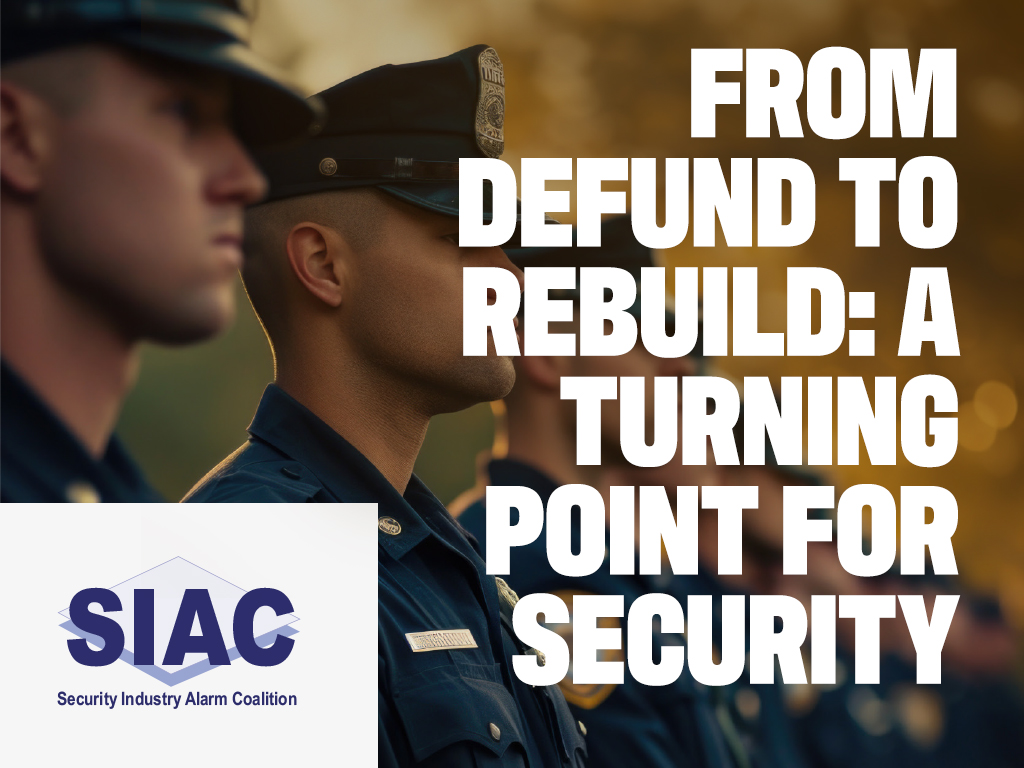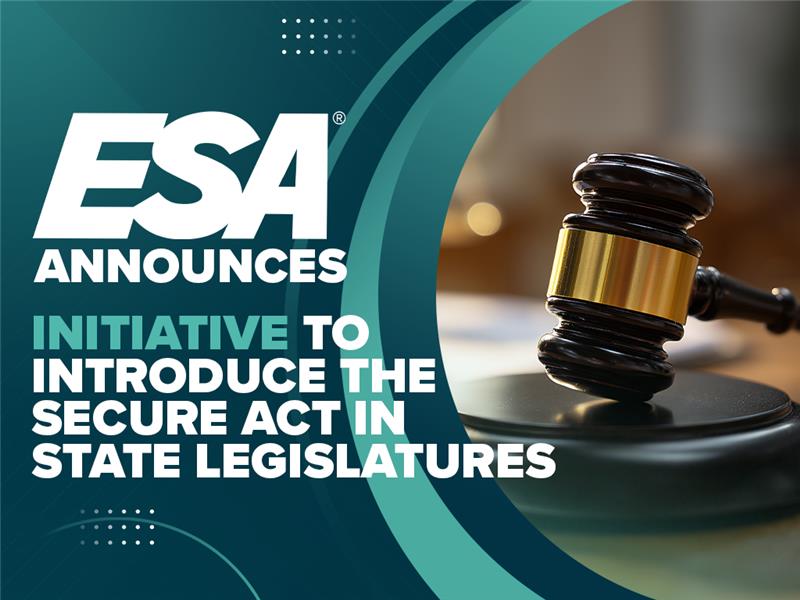Action Over Claims: The Overlooked Threat in Alarm Industry Subcontracting

By Crystal Jacobs, Program Lead at Security America Insurance
The decision to utilize subcontractors carries significant weight for companies in the alarm industry. From an insurance and liability perspective, this is not a simple cost-benefit equation. It requires careful evaluation of how subcontractors affect risk exposure, legal obligations, and coverage integrity. While subcontracting can increase flexibility and reduce fixed costs, it can also introduce liability gaps, compliance risks, and insurance complications that, if unmanaged, may outweigh short-term gains.
Thorough Vetting: The First Line of Defense Against Liability
Vetting subcontractors is a critical step in managing liability and protecting your operations. Because subcontractors often perform sensitive work involving life safety systems, poor vetting can result in serious consequences — including property damage, injury, or regulatory violations.
The subcontractor vetting process should start with verifying all required state and local licenses, including certifications specific to fire alarm systems, intrusion detection, or access control. Insurance verification is equally essential: companies should require current certificates of insurance (COIs) that meet minimum thresholds for general liability, workers’ compensation, errors and omissions, and commercial auto coverage, with the hiring company listed as an additional insured where appropriate.
Beyond paperwork, companies should review the subcontractor’s safety record, litigation history, and client references to identify patterns of poor workmanship or liability claims. Tracking and documenting all vetting materials in a centralized system, along with periodic re-evaluations, helps ensure ongoing compliance. In short, rigorous vetting is not just a precaution — it is an operational safeguard against legal, financial, and reputational fallout.
Well-Structured Contracts: The Foundation of Risk Transfer
Once a subcontractor has been vetted, the next safeguard is a strong contract. A well-drafted subcontractor agreement is one of the most critical tools for managing insurance and liability risk. Its strength lies in clearly defining responsibilities, allocating risk, and establishing insurance requirements — protecting you from claims arising out of subcontractor negligence or misconduct.
Key elements include indemnification clauses, hold harmless provisions, and mandates for minimum insurance coverage with additional insured status. However, even the most comprehensive contracts can fail if vague language is used, compliance is not enforced, or verification is overlooked. For maximum protection, agreements must be legally sound, consistently enforced, and aligned with current insurance policies and labor laws.
Action Over Claims: The Hidden Liability
Action over claims represent a significant and often overlooked exposure. These occur when a subcontractor’s employee is injured on the job, collects workers’ compensation benefits, and then files a separate lawsuit against the hiring company — often alleging unsafe work conditions or negligence.
Even though the initial injury is covered under workers’ comp, the hiring company may still face legal defense costs and potential settlements under its general liability policy. The risk is especially high if the subcontractor’s insurance does not include a waiver of subrogation or contractual indemnity provisions.
In the alarm industry, where subcontractors frequently perform fieldwork involving ladders, electrical components, and construction sites, the likelihood of injury — and resulting action over claims — is real. To mitigate this, companies should require subcontractors to carry workers’ compensation, include strong indemnification language in contracts, and confirm that their own general liability policies include action over claims coverage.
A Risk-Aware Approach to Subcontracting
Because safety and reliability are paramount in the alarm industry, effectively managing subcontractor risk is essential. From rigorous vetting to strong contracts and oversight of action over claims, each step plays a role in protecting your company’s financial health and reputation. Subcontracting can be a strategic advantage, but only if it is approached with a risk-aware mindset that balances operational needs with comprehensive legal and insurance safeguards.
As a trusted partner specializing in insurance for the security and life safety industry, Security America’s commitment goes beyond providing coverage. We support our clients as risks evolve with new technologies, changing standards, and increased subcontractor use. Our team is ready to guide you through these complexities with tailored insurance solutions that address the unique exposures subcontractors introduce.
For more information on Security America Insurance programs, call us at 866-315-3838.




